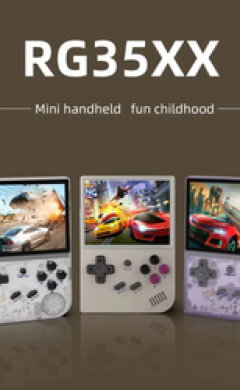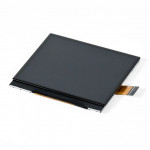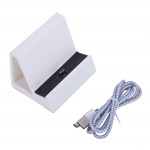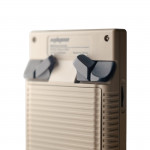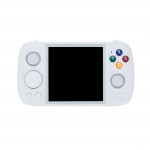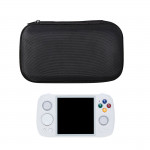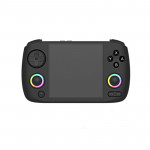TAKING THE FIGHT BEYOND THE STREETS
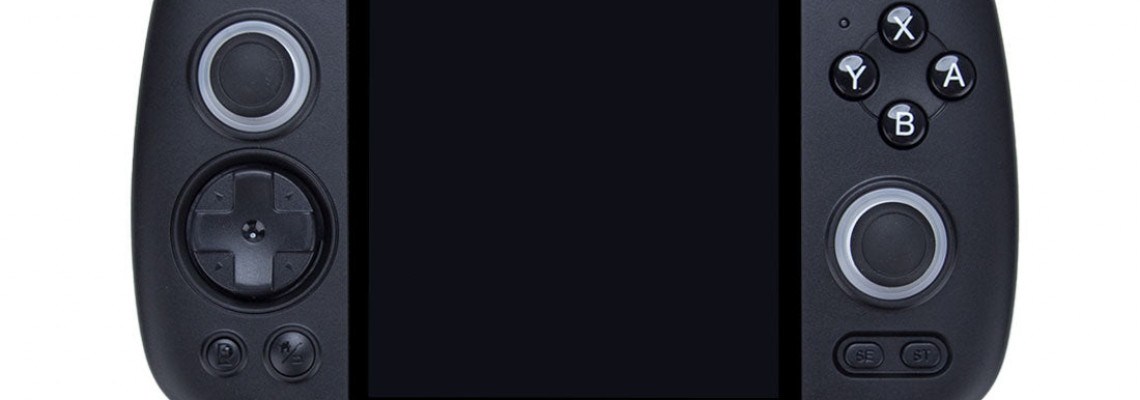
TAKING THE FIGHT BEYOND THE STREETS
Nowadays, many portable emulators are available online, many of which may be an attempt to provide a less expensive alternative to the widely used Analogue Pocket. The Anbernic RG ARC-S is taking things in a different direction than the Miyoo Mini Plus, which did its best to imitate the Analogue's design language.
The RG ARC-S performs admirably on its own, considering how much less expensive it is, even though it appears cheaper than its more costly contemporary.
With a four-inch IPS 640 x 480 display and a form factor resembling a Sega Genesis or Sega Saturn controller, the RG ARC-S is a Linux-powered device. Compared to previous handhelds of this kind, like the Miyoo Mini Plus, it is larger but also much more comfortable to carry.
Although the wider breadth may make the device more appropriate for a bag, it's still portable and fits neatly in your pocket. Its weight, under 250 grams, makes its portability even more apparent. Although it is also offered in transparent black, the unit shown here is of the translucent blue variety.
The Anbernic RG ARC-S is designed to give fighting games the best control scheme possible, but these emulation devices are nearly always intended to satiate that nostalgic craving. The six-button layout will work for most fighting games, even if the device heavily recalls the design of later Sega controllers. Depending on your console, you may also need shoulder buttons, which are part of the standard four-button layout on top of the device.
A fully configured Retroarch installation and several emulators are included right away. There is a wide variety of systems to play on thanks to the system software's emulator and research features, which also provide a great chance to play many games. Although many Retroarch parameters are pre-mapped, many are incorrectly mapped, so you must adjust them manually.
The Anbernic RG ARC-S, essentially a fighting game device, has all of the main emulators from the heyday of arcade fighting. Along with the oldies like MAME, this includes Sega's NAOMI system board and all three of Capcom's CP system boards. Even more specialized open-source arcade emulators, such as FinalBurn Neo and Vertical Arcade, are available. It's a comfort to see NAOMI, CP System, and MAME available here and functioning with little tweaking because they're frequently a little more complicated to set up.
Other consoles are also featured. The device can run any Dreamcast and older games without problems. However, most Nintendo DS and Nintendo 64 titles still have trouble operating on it.
Naturally, each included emulator offers save-state options, allowing you to continue where you left off if necessary. You can play online with another friend who owns an Anbernic RG ARC-S if you can tee it up with them. Retroarch's built-in Netplay capability also works here.
In theory, Retroarch's Netplay should allow you to play any game online with other Retroarch users. However, I was unable to test this for this review. Regretfully, this version lacks game switching in the OnionOS on the Miyoo.
Depending on the games you choose to play on the Anbernic RG ARC-S, you can play for five to six hours on the battery that comes with the device. Fortunately, the tablet charges rapidly with the USB-C connector that comes with it, although longer-distance travel is not recommended due to the battery life. Nevertheless, the save states make it simple to stop and start as necessary, and it's ideal for commuting or lunch breaks.
The Anbernic RG ARC-S is a reliable little device that, if released before 2001, can run practically any game you throw at it. It is thin and light, has a short battery life, and feels particularly at ease when playing the combat games for which it was undoubtedly made.
Even though it seems incredibly inexpensive, the RG ARC-S is a comfortable and practical way to play a wide range of games—especially fighters—on the go. Hence, it's worth bringing your collection.
